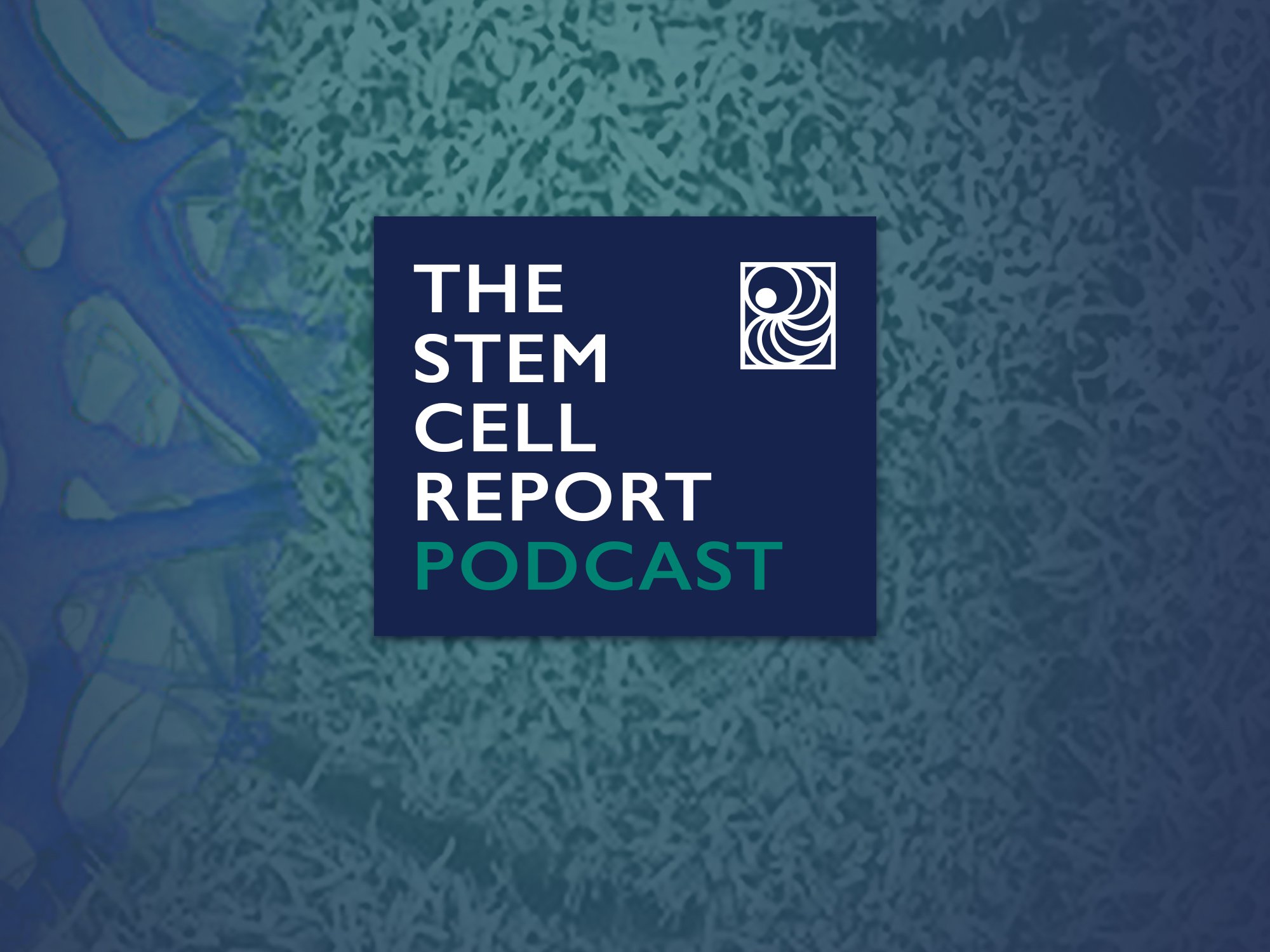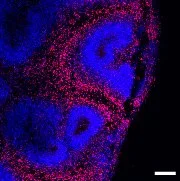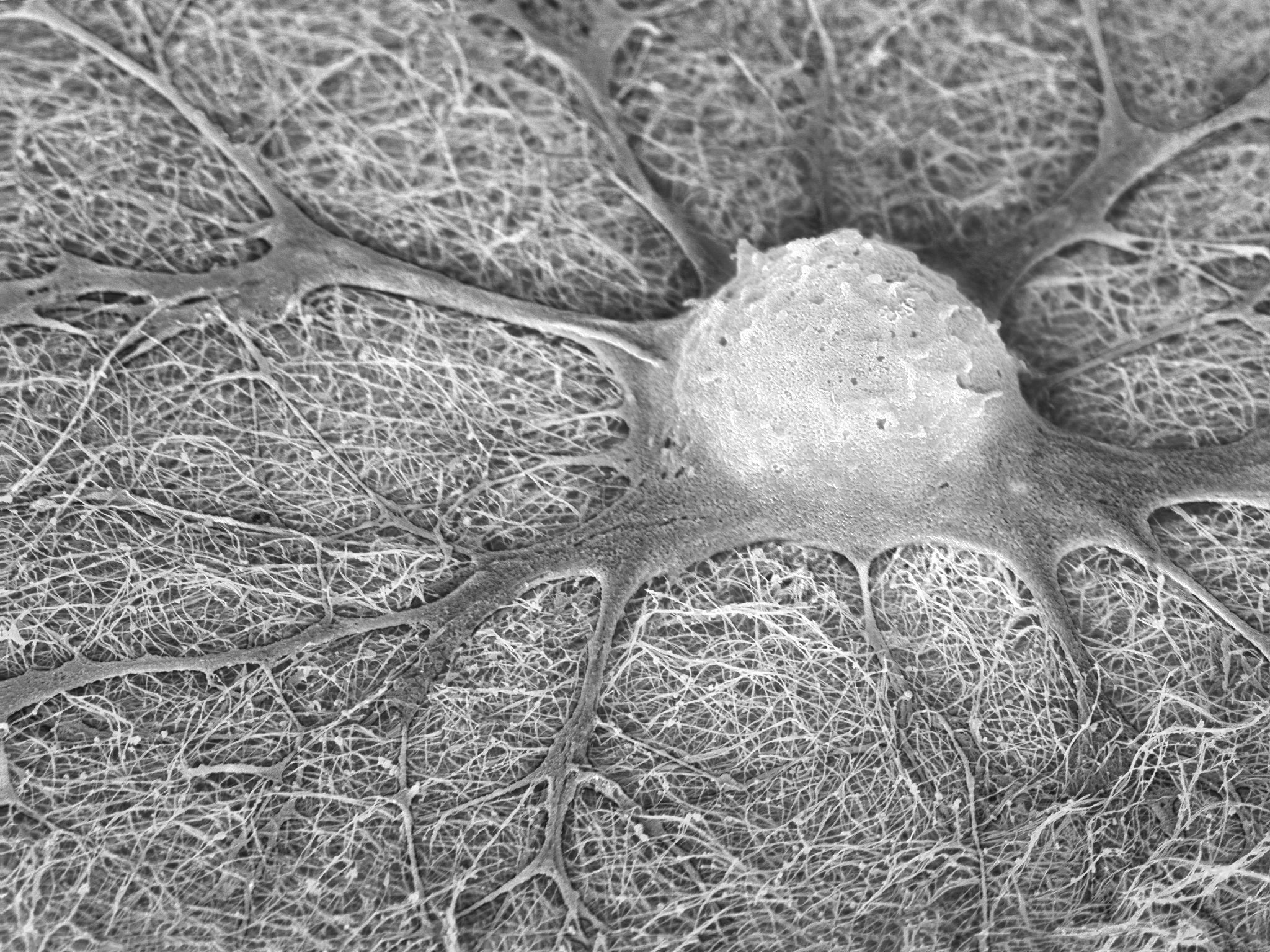ISSCR News

New Podcast Episode. Crossing the Border: Modeling the Blood Brain Barrier
The blood-brain barrier (BBB), formed by brain endothelial cells, pericytes, and astrocytes, is organized into a neurovascular unit that regulates the exchange of proteins between blood circulation and brain parenchyma. Human stem-cell-based models using brain endothelial cells are a powerful tool to investigate how disease-related conditions might affect the blood-brain barrier integrity. However, the cell type composition is critical to faithfully model transcytosis across the blood-brain barrier. Our guests today developed a blood-brain model using induced pluripotent stem cells (iPSCs)-derived endothelial cells with brain-specific identity. Using this model they were able to investigate how disease risk factors affect intracellular transport and reveal a new role for ApoE4 in the regulation of iron metabolism at the blood-brain barrier.

Stem Cell Reports Welcomes New Members to Its Editorial Board
Expanding the depth and breadth of scientific expertise that defines Stem Cell Reports, the official journal of the International Society for Stem Cell Research, 13 distinguished researchers have joined the Editorial Board. Their appointment broadens representation across the diverse and international landscape of stem cell science and reinforces the Board’s commitment to championing the journal, raising its global visibility, and ensuring rigorous, high-quality peer review.

Kidney Organoid Unlocks Genetic Cause of Chronic Kidney Disease
Chronic kidney disease (CKD) affects more than 700 million people worldwide and is caused by genetic and environmental factors, as well as existing medical conditions. Known genetic risk factors for CKD include mutations in a gene called APOL1. These are rare in most populations, but two risk variants are present in as much as 13 percent of people with West African origin and another 38% possess one copy (carriers). The causes for APOL1-mediated kidney disease (AMKD) are currently not well understood, and treatments are lacking.

New Podcast Episode. Movin’ On Out: Mobilizing HSCs from the Bone Marrow
Hematopoietic stem cells (HSCs) normally reside in the bone marrow niche but can traffic across the bone marrow endothelium into the bloodstream to populate different niches. This process of HSC mobilization from the bone marrow to the blood, is an increasingly favored procedure to obtain HSCs for hematopoietic cell transplantation therapy. Though mobilization is robust in many donors due to years of refined protocols and drug combinations, the process remains difficult or contraindicated among substantial patient subgroups. Using the current standard of care, up to 30% of patients fail to mobilize HSCs and some patients cannot tolerate the current mobilization procedures. Today’s guests will discuss their research using vascular endothelial growth factor, known as VEGF, as an alternative method of mobilization, the mechanisms underlying it, and the implications for improving patient outcomes.

Alzheimer’s Disease Pathology and Potential Treatment Targets Identified in Brain Organoids
Alzheimer's disease (AD) is the most common neurodegenerative disease in older people, affecting up to 1 in 20 individuals aged 65 and above. In addition to environmental and lifestyle factors, genetic mutations can predispose an individual to AD and some rare forms of inherited “familial” AD (fAD) are caused by known genetic mutations, with these affected individuals developing AD with high probability and at relatively young age. In most cases, AD is diagnosed at advanced stages, but pathological alterations in brain cells may arise earlier in life, particularly in fAD which is known to manifest earlier in life.
To study early-life changes in fAD brain cells, researchers including Zhen-Ge Luo and colleagues from ShanghaiTech University, China, have leveraged stem cell-derived brain organoids, to model aspects of early human brain development and function in the laboratory.

Receive ISSCR Press Releases
Sign up be a part of ISSCR’s media list. Media Contact: Kym Kilbourne, Director of Media and Strategic Communications
Subscribe to ISSCR News.
Each month, ISSCR delivers scientific, policy, and community to your inbox .
